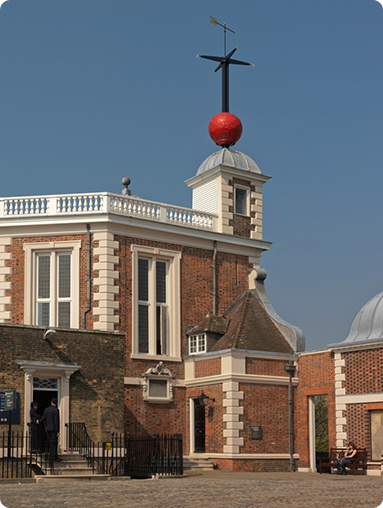Short Case Studies (ICOMOS–IAU Case Study format)
The structure of Short Case Studies is based upon the format of case studies in ICOMOS Thematic Studies in general, and in particular on that used in the first ICOMOS–IAU Thematic Study on astronomical heritage.
The original set of case studies used in the Thematic Study were written by experts identified by ICOMOS and the IAU—recognised specialists in the history of astronomy and archaeoastronomy such as university academics and members of the Inter-Union Commission on the History of Astronomy (ICHA) and the International Society for Archaeoastronomy and Astronomy in Culture (ISAAC)—advised by ICOMOS’ experts with regard to the value assessment of the various examples studied.
Short Case Studies that have appeared on the portal more recently have been proposed by astronomy or heritage professionals, offered for discussion among the professional community, and reviewed by the portal’s advisors.
Purpose of the Short Case Studies
Short Case Studies aim to demonstrate methods and relevant issues concerning the presentation and analysis of the value of the chosen sites and objects in relation to astronomy. Each of the case studies produced in the context of the ICOMOS–IAU Thematic Study illustrates one of the thematic essays. The intention is to help State Parties identify potential sites and undertake comparative studies.
There is no linkage with the World Heritage List or the national Tentative Lists: some of the heritage described is on the World Heritage List already, either in its own right or as part of a larger property, but in other cases it is not. The inclusion or otherwise of a particular site carries no implications whatsoever should it be nominated for inscription onto the World Heritage List.
Structure of the Short Case Studies

Flamsteed House, Royal Observatory, Greenwich, United Kingdom. Photograph © National Maritime Museum
In the interests of balance, each Short Case Study follows the same plan, with the following sections:
Presentation and analysis of the site:
- Geographical position (State party, region, city, etc).
- Location: latitude–longitude and/or UTM grid co-ordinates of the site; elevation of the site.
- General description.
- Brief inventory of the main remains, archaeological features and/or buildings, fixed and/or moveable instruments.
- Brief survey of the history of the site and its uses.
- Cultural and symbolic dimension of the site.
- Comparative analysis.
- Authenticity and integrity: i.e. brief survey of the remaining evidence compared with the original state of the site; brief survey of construction modifications, renewal of instruments, authenticity of construction, etc.
- Some general indications about documentation and archives.
Present site management:
- Present use of the site.
- Protection (legal pattern, owner, stakeholders); protection of the buffer zone.
- State of conservation of buildings, instruments and archives; brief indication of any restoration and/or maintenance of the site and instruments, and the buffer zone.
- Context and environment, landscape.
- Archaeological/historical/heritage research.
- Main threats or potential threats to the site.
- Management of the site, interpretation and outreach at the site.
Where possible, the case studies include one or more photos and/or a plan.

